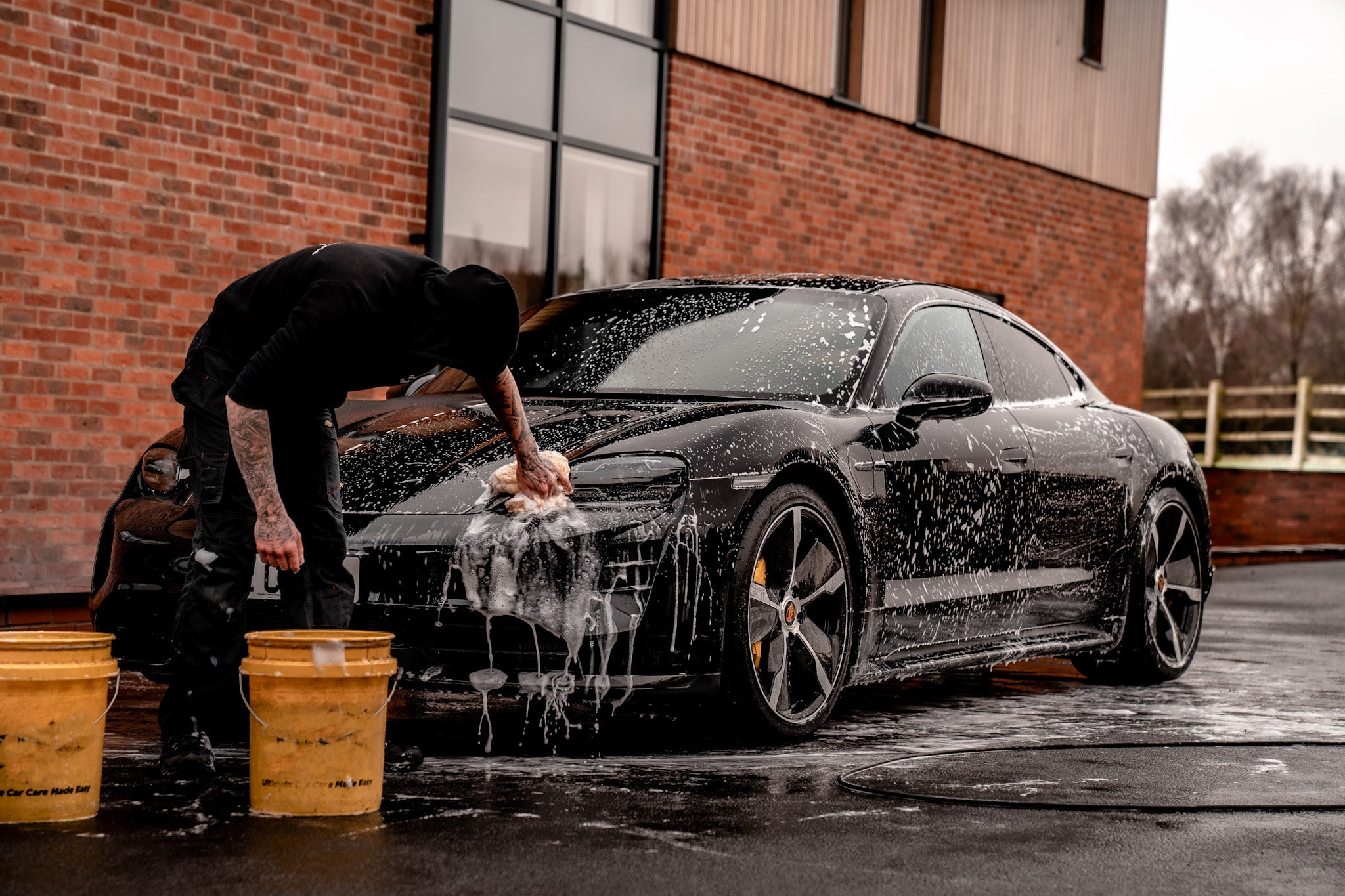A Comprehensive Guide to the Types of Ceramic Coating on the Market
Ceramic layers have actually become an essential remedy throughout various sectors due to their one-of-a-kind residential or commercial properties and applications. From silica-based formulations understood for their effectiveness to crossbreed choices that combine several advantages, the selections readily available can be frustrating. Recognizing the subtleties of each type, including their particular advantages and suitable use cases, is vital for making notified choices. As we discover the distinct attributes and applications of these coatings, the implications for efficiency and durability end up being increasingly noticeable, questioning about which type could finest fit your demands.
Understanding Ceramic Coatings
Ceramic coatings are sophisticated protective options that have gained popularity in various industries, especially in automobile and aerospace applications. These finishings consist of a fluid polymer that, when treated, develops a long lasting, hydrophobic layer externally of the substrate. This layer offers enhanced resistance to ecological pollutants, UV radiation, and chemical exposure, consequently extending the life and aesthetic allure of the underlying product.
The essential element of ceramic coverings is silica, which contributes to their firmness and durability. The application process commonly entails surface preparation, application of the covering, and treating, which can be accomplished with heat or UV light. Once healed, ceramic layers show remarkable bonding residential or commercial properties, allowing them to stick highly to a range of surface areas, consisting of steels, plastics, and glass.
Along with their safety attributes, ceramic finishes likewise use convenience of maintenance. Their hydrophobic nature minimizes the adherence of dust and grime, making cleansing simpler and much less constant. Generally, the adoption of ceramic finishings stands for a substantial advancement in surface protection innovation, offering both useful and visual advantages throughout numerous fields.
Kinds Of Ceramic Coatings
Numerous sorts of ceramic layers are offered, each made to fulfill certain performance needs and applications - Auto Detailing. The most usual kinds include:
Silica-based Coatings: These coatings mostly include silicon dioxide and are recognized for their toughness and chemical resistance. They are commonly utilized in automotive and industrial applications.
Titanium Dioxide Coatings: Popular for their photocatalytic properties, titanium dioxide finishings are frequently applied in settings where self-cleaning and antifungal properties are preferable, such as in structure products and auto coatings.
Zirconia Coatings: Characterized by their high-temperature stability and thermal resistance, zirconia coatings are made use of in applications such as wind turbine engines and high-performance automotive parts.
Alumina Coatings: Showing excellent solidity and thermal stability, alumina layers are often used in wear-resistant applications, consisting of cutting devices and commercial machinery. - Paint Protection Film
Crossbreed Coatings: Integrating the buildings of numerous materials, hybrid layers offer improved performance features, making them appropriate for one-of-a-kind and requiring applications.
Each kind of ceramic coating serves unique functions, allowing customers to pick one of the most ideal option based on specific ecological conditions and performance needs.
Advantages of Ceramic Coatings
Ceramic finishes, in certain, deal many benefits that make them increasingly preferred among makers and customers alike. These coatings are resistant to scratches, chemicals, and UV rays, guaranteeing that the underlying surface area stays secured over time.
In enhancement to toughness, ceramic coatings provide superb hydrophobic buildings, allowing for simple cleaning and maintenance. This water-repellent nature decreases the adherence of dust, grime, and various other contaminants, which can lengthen the aesthetic appeal and performance of the surface. Ceramic coatings can considerably improve thermal resistance, making them suitable for applications that sustain high temperature levels.

Application Refine
When using ceramic layers, a thorough strategy is essential to accomplish optimal results. A clean surface guarantees proper bond of the finish.
As soon as click for info the surface area is prepped, the next step is to use the ceramic coating. The coating should be used in slim layers, as thicker applications can lead to irregular coatings.
After application, the covering requires a details healing time, normally varying from a couple of hours to a full day, depending on the item. Adhering to these steps diligently will maximize the effectiveness and durability of the ceramic covering, providing a long lasting protective layer for the surface area.
Upkeep and Long Life
To make certain the longevity and effectiveness of a ceramic finishing, regular upkeep is essential. Ceramic layers, understood for their toughness and safety top qualities, require details care regimens to optimize their life-span and performance. The very first step in maintenance includes regular cleaning with pH-neutral soap, staying clear of severe chemicals that can deteriorate the covering. It is a good idea to clean the vehicle regularly, ideally every two weeks, to avoid the buildup of impurities that can endanger the layer's honesty.
In addition to regular washing, routine inspections are critical. Look for indicators of wear or damage, such as hydrophobic properties diminishing or surface area blemishes. If needed, a light polish might be related to rejuvenate the finishing without stripping it away.
In addition, the application of a booster spray can improve the coating's hydrophobic results and recover its gloss. This is especially valuable for finishes that have actually remained in usage for an extended duration. Inevitably, by adhering to these upkeep techniques, one can considerably prolong the life of more info here a ceramic finishing, making certain that it remains to supply optimum protection versus environmental variables and preserve the visual appeal of the car.
Verdict

 Jennifer Grey Then & Now!
Jennifer Grey Then & Now! Andrew Keegan Then & Now!
Andrew Keegan Then & Now! Marla Sokoloff Then & Now!
Marla Sokoloff Then & Now! Nancy Kerrigan Then & Now!
Nancy Kerrigan Then & Now! Jeri Ryan Then & Now!
Jeri Ryan Then & Now!